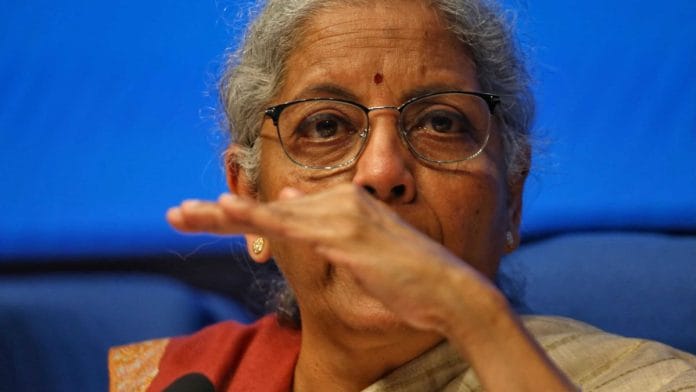Another Budget, another shower of extravagant praise from prominent industrialists and celebrities. It’s a running joke by now. But a way to gauge what people really think is to see whether a Budget addresses what it previously said it should. Consider Fortune India’s Budget Roundtable 2025, where a diverse group of corporates, academics and representatives of political parties – including me and a BJP spokesperson – discussed, quite reasonably, all that the 2025 Budget needed to accomplish.
The panellists broadly agreed on what ails the economy: weak consumption, low demand and MSMEs that are unable to grow and generate jobs. And on the need for the following steps:
- A consumption boost aimed at poorer consumers
- A coherent tariff policy to encourage exports
- A focus on manufacturing, especially on MSMEs
And what did the Budget accomplish?
- Consumption boost for wealthier taxpayers. Only 2.24 crore people actually paid income tax in 2022-23. People Research on India’s Consumer Economy (PRICE) estimates the size of the middle class at 43 crore (which translates to 10 crore households). India has approximately 30 crore households as of 2021. The Rs 1 lakh crore income tax cut will by definition only help the top four to eight per cent of all households, or the top 22 per cent of the middle class. This is far from the consumption boost required for poorer consumers. The Budget made no attempt to stimulate demand at the bottom end, for instance by raising the Mahatma Gandhi National Rural Employment Guarantee Act (MGNREGA) wages that both the Confederation of Indian Industries and the Congress party had called for.
- Selective rationalisation of tariffs. The Narendra Modi government has been the most protectionist in India since 1991. There have been tariff increases in 3,200 product categories since 2014, affecting some $300 billion or 70 per cent of total imports. The average tariff increased from 13 per cent in 2014 to 18 per cent in 2022. Many tariffs benefitting five monopolies have prospered under Modi, at the cost naturally of smaller firms and MSMEs.
This has led to anaemic export performance. India’s share of world merchandise exports has also stagnated after significantly increasing under the United Progressive Alliance (UPA) rule. The Budget did reduce import duties on mobile phone parts, critical minerals and shipbuilding parts, but there is no sign that protectionism has reduced. Overly high tariffs simply hurt the competitiveness of Indian firms, something we would have thought we learned from the pre-1991 era. Lower tariffs do not preclude measures to counter, say, dumping from China.
- Another manufacturing mission. The government announced a National Manufacturing Mission to further boost the Make in India initiative. However, there is no reason to think that it might make “Make in India” more successful, under which the share of manufacturing in India’s GDP has stagnated at about 16 per cent, far below the average under the UPA and well short of the target of 25 per cent.
In short, the Budget has tried to win over the increasingly alienated middle class with a big-bang income tax announcement, all while short-changing the majority of people who are actually in the middle class. This is a continuation of the pro-rich, pro-monopoly stance that has predictably failed to rejuvenate growth after a post-Covid bounce.
There is no sign that the Modi government is abandoning the policies that have led India’s “Billionaire Raj” to be more unequal than the British Raj, and to spiralling demands for “revdis” that even the BJP has begun promising to everybody. Until we have a Budget that puts purchasing power into the hands of poor consumers and focuses on MSMEs rather than large monopolies, we will remain stuck on a 5-6 per cent GDP growth path, far from the 8-9 per cent we need to become a wealthy country. Even as India’s top industrialists applaud the Budget before jetting off to their homes in London, Dubai and Singapore.
Amitabh Dubey is a Congress member. He tweets @dubeyamitabh. Views are personal.






